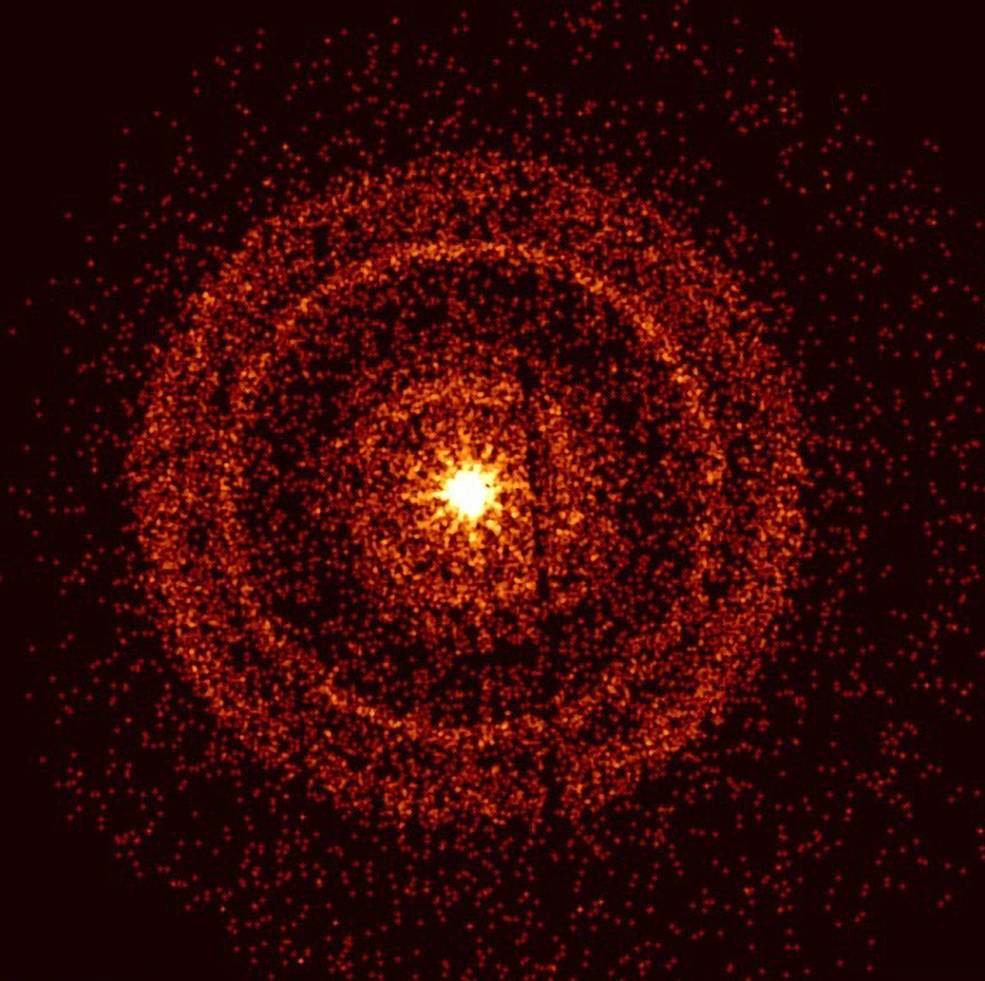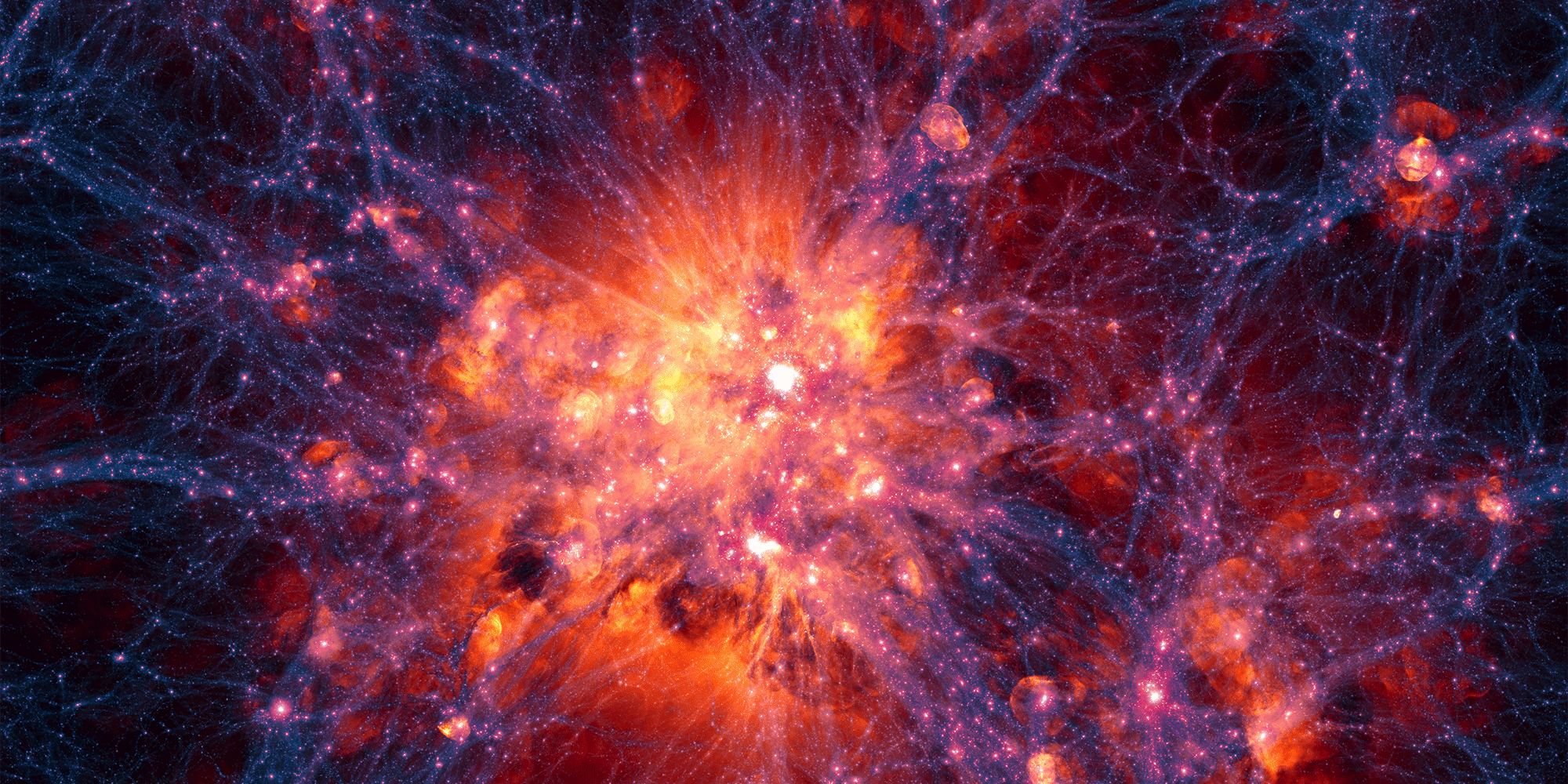An unusually bright, long-lasting pulse of high-energy radiation swept over Earth on Oct. 9, captivating astronomers around the world. A gamma-ray burst (GRB) is the most powerful explosion in the universe that is also known as the most luminous event. The Solar System was hit by a wave of gamma rays and X-rays on October 9, triggering detectors on NASA’s Fermi Gamma-Ray Space Telescope, Swift Observatory, and Wind spacecraft, among others. Globally, telescopes are watching the aftermath, with new observations being made every day.
Meet GRB 221009A

Credits: Credit: NASA/Swift/A. Beardmore (University of Leicester)
Known as GRB 221009A, the explosion enlivened the 10th Fermi Symposium, which is currently taking place in Johannesburg, South Africa. Judy Racusin, who is attending the conference in Greenbelt, Maryland, says everyone is talking about this meeting, which kicked off with a bang. It is estimated that the signal traveled 1.9 billion years to reach Earth from the direction of the constellation Sagitta. Scientists think it represents the birth cry of a new black hole, created when a massive star collapsed under its own weight. Nascent black holes generate powerful jets of particles traveling at near light speeds under these circumstances. As they stream into space, the jets emit X-rays and gamma rays.
NICER X-ray telescope
Also, the burst provided the first opportunity for NASA’s NICER X-ray telescope to observe the burst together with Maxi, a Japanese detector on the International Space Station. This connection was activated in April and is called the Orbiting High-energy Monitor Alert Network (OHMAN). NICER can now rapidly respond to outbursts detected by MAXI. This action previously required ground-based intervention by scientists. Astrophysical phenomena such as stellar collapse, black hole birth, the behavior and interaction of matter near light speed, and conditions in distant galaxies can be studied with the help of the light from this ancient explosion. It may be decades before another GRB of this magnitude appears. Furthermore, the burst was detected for over 10 hours by Fermi’s Large Area Telescope (LAT). Because it lies relatively close to us for a GRB, the burst is bright and long-lived.
Have something to add? Visit Curiosmos on Facebook. Join the discussion in our mobile Telegram group. Join Curiosmos on Telegram Today. t.me/Curiosmos











